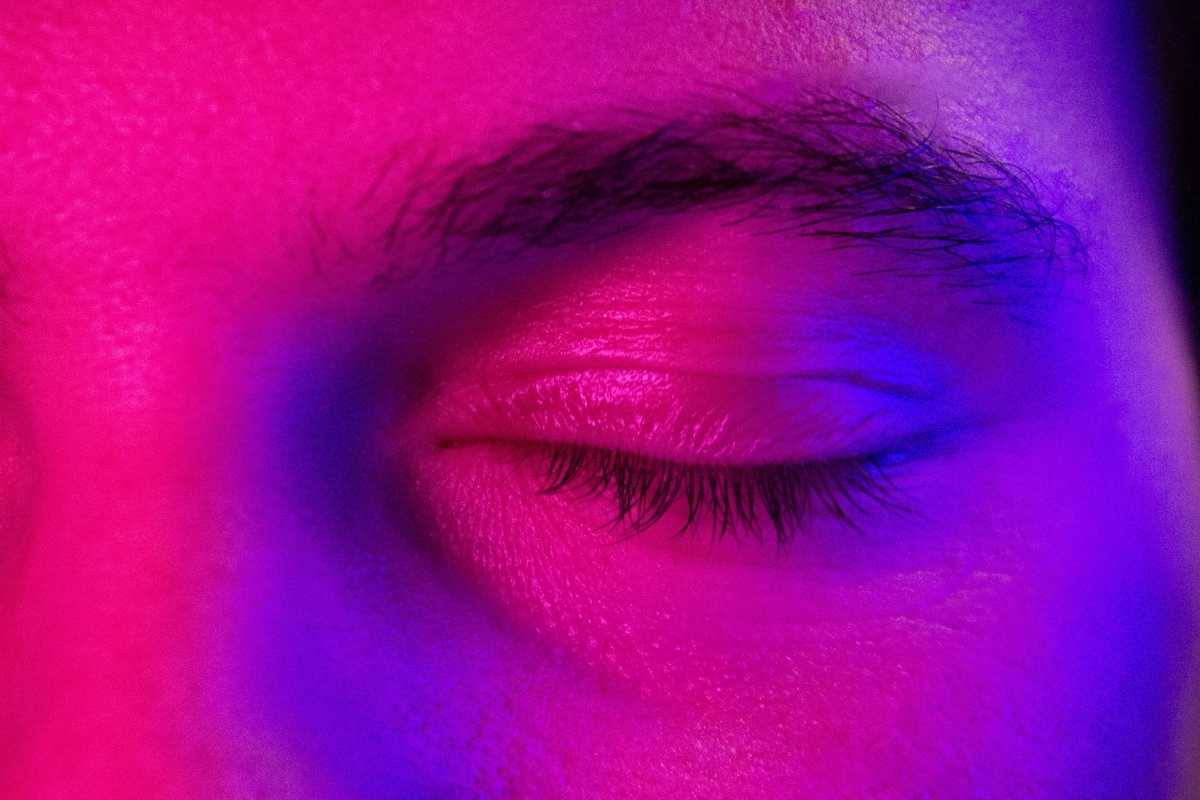Lucid Dreams
Lucid dreams are dreams in which the dreamer is aware that they are dreaming. During a lucid dream, the dreamer has control over the dream and can do whatever they want.
There are a few different techniques that you can use to achieve a lucid dream. One of the most popular techniques is called “reality checking”. This involves checking to see if you’re dreaming every time you do something routine, such as brushing your teeth or taking a shower. If you’re doing these activities in your dream, you’ll know that you’re dreaming.
Another technique for achieving a lucid dream is called “Mnemonic Induction of Lucid Dreams” (MILD). This technique involves repeating the phrase “I will recognize that I’m dreaming” before bed. This will help you to recognize when you’re dreaming and achieve lucidity.
There are also supplements that can help promote lucid dreaming. One such supplement is called “Lucid Dreaming Herbs”. This blend of herbs has been shown to help people achieve lucidity more easily.
If you’re interested in trying lucid dreaming, there are a few things that you should keep in mind. First, it’s important to get plenty of sleep. Lucid dreams usually occur during the REM stage of sleep, so getting enough rest is crucial. Second, it’s important to be patient. It may take some time before you’re able to achieve lucidity. Finally, don’t be afraid to experiment.
Table of Contents
What triggers lucid dreams?
Lucid dreams are a type of dream in which the individual is aware that they are dreaming. These dreams can be triggered by a variety of factors, including sleep deprivation, stress, anxiety, and certain medications.
However, the most common trigger for lucid dreaming is the use of dream-inducing techniques. These techniques involve focusing on a specific image or sensation just before falling asleep, with the goal of carrying that image or sensation into the dream state.
While there is no guarantee that these techniques will result in a lucid dream, they can be a helpful tool for individuals who are interested in exploring this type of dream state.
How do you lucid a dream?
To lucid dream, you need to train your mind to recognize when you are dreaming. There are a few different techniques you can use to achieve this. One is to keep a dream journal. Every morning when you wake up, take a few minutes to write down what you remember from the night before. Over time, you will start to see patterns emerge in your dreams.
Another technique is to set a daily reminder to question your reality. Every time you see a clock or check the time, ask yourself whether you are awake or dreaming. This will help train your mind to question its surroundings.
Finally, try to spend a few minutes each day practicing meditation or visualization. This will help improve your focus and concentration, making it easier to become aware of your dreams. With enough practice, you should be able to start lucid dreaming.
Is it healthy to have lucid dreams?
It’s long been thought that dreaming is a way for our brains to process the events of the day, but recent research has suggested that there may be another purpose to dreams: self-reflection. Lucid dreaming, in particular, has been linked with increased creativity, problem-solving ability, and self-awareness.
While the science is still somewhat inconclusive, it seems that lucid dreaming may offer a unique opportunity for introspection and personal growth. In one study, for example, participants who were instructed on how to lucid dream reported higher levels of self-reflection than those who did not. Furthermore, lucidity has been associated with enhancements in creative problem-solving.
So while we don’t yet know all there is to know about dreaming, it seems that lucid dreaming may offer some unique benefits.
Do lucid dreams actually work?
Lucid dreaming has been a topic of interest for centuries, and there is still much debate surrounding the phenomenon. Some experts believe that lucid dreams can be helpful in improving problem-solving skills and working through traumas, while others believe that they are nothing more than a form of escapism.
One of the main arguments against lucid dreaming is that it can lead to sleep disruption and health problems. However, there is no scientific evidence to support this claim. In fact, some research suggests that lucid dreaming can actually have positive effects on mental health.
Given the lack of evidence supporting the negative claims about lucid dreaming, it seems fair to say that further research is needed before any definitive conclusions can be drawn.
Can lucid dreams be scary?
Although many people believe that lucid dreams are always pleasant, it is possible for them to be frightening experiences. This is because the dreamer is aware that they are dreaming, and may become trapped in a nightmare from which they cannot escape.
In some cases, the fear experienced in a lucid dream can be so intense that it leads to waking up in a state of panic. Lucid dreams can also be disturbing due to their surreal nature. Because dreamer has complete control over their environment, they may see things that they would never encounter in real life. This can include grotesque creatures or bloody scenes.
For some people, these nightmarish images can be difficult to forget even after they wake up. Lucid dreams, then, can be both scary and unsettling experiences.







